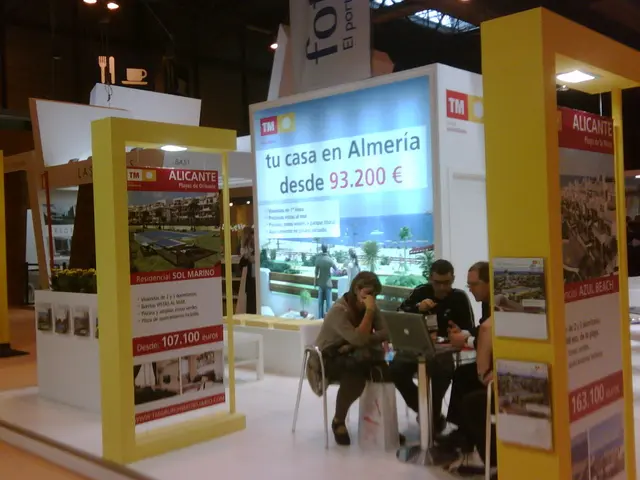Manufacturing Process of Sheet Metal Roof Tiles
Decorative sheet metal roof tiles are a popular choice for homeowners seeking a cost-effective way to change the style of their property. These tiles, with their precision, uniqueness, and durability, are the result of a complex manufacturing process that involves several key steps and components.
Material Preparation
The process begins with preparing the base metal, often a zinc-coated steel or aluminum-zinc alloy, for its durability and resistance to corrosion. The metal is cut into sheets of appropriate size for further processing.
Press Dies
Press dies, specially designed for each tile form, are used to shape the metal sheets. These dies ensure precise replication of patterns and shapes across all tiles, whether it's the curved profile of Spanish-style tiles or the simpler configuration of flat tiles.
Layer Application
Once the metal tiles are formed, they undergo a coating process. This typically involves applying a primer, followed by decorative layers such as stone or ceramic coatings. These layers not only enhance aesthetics but also provide additional weather resistance.
Lock Systems Integration
Lock systems are integrated into the tile design to ensure secure interlocking between tiles. These systems can include hidden fasteners or overlapping profiles that prevent water infiltration and provide structural integrity.
Water Channels
Water channels are designed into the tile profiles to help direct rainwater efficiently off the roof. This feature is particularly important in curved or Spanish-style tiles, where the shape itself aids in water runoff. The channels are formed during the pressing process using the dies, ensuring that water flows smoothly and prevents accumulation.
Assembly and Quality Control
The final step involves assembling the tiles into complete roofing systems. This includes preparing accessories like underlayment and flashing that complement the tile installation. Quality control checks are conducted to ensure that all tiles meet the required standards for durability and performance.
Variations in the Manufacturing Process
The process for fabricating sheet metal tiles can vary based on the materials used. For instance, the manufacturing process for decorative sheet metal tiles made from copper, galvanized sheet metal, or factory-finished painted steel may differ slightly.
Quality and Appearance
The quality of decorative tiles is highly dependent on the type of materials used. Factory-finished painted steel tiles come in multiple colors to match a property's paint scheme, while the choice of materials can affect their appearance and environmental impact.
Customization
A press die can be custom-made to produce decorative sheet metal tiles or shingles with a specific design. This allows for a precise and unique decorative sheet metal tile or shingle roof with a specific style or design of stamping.
In conclusion, the manufacturing of decorative sheet metal roof tiles is a complex process that involves precise tooling with press dies, effective layering for durability and aesthetics, and clever design elements like lock systems and water channels to enhance performance. Whether you're after the classic look of galvanized sheet metal for heritage roofing or the modern appeal of copper sheet metal tiles, the result is a functional and visually appealing roofing solution.
- The manufacturing of decorative metal shingles is intricate and includes the utilization of press dies, lock systems, and water channels to ensure their durability, resistance to weather, and aesthetic appeal.
- The finance, technology, and industry sectors play significant roles in the production of metal shingles, as they provide the resources for the design, press dies, and coating processes necessary for their creation.




